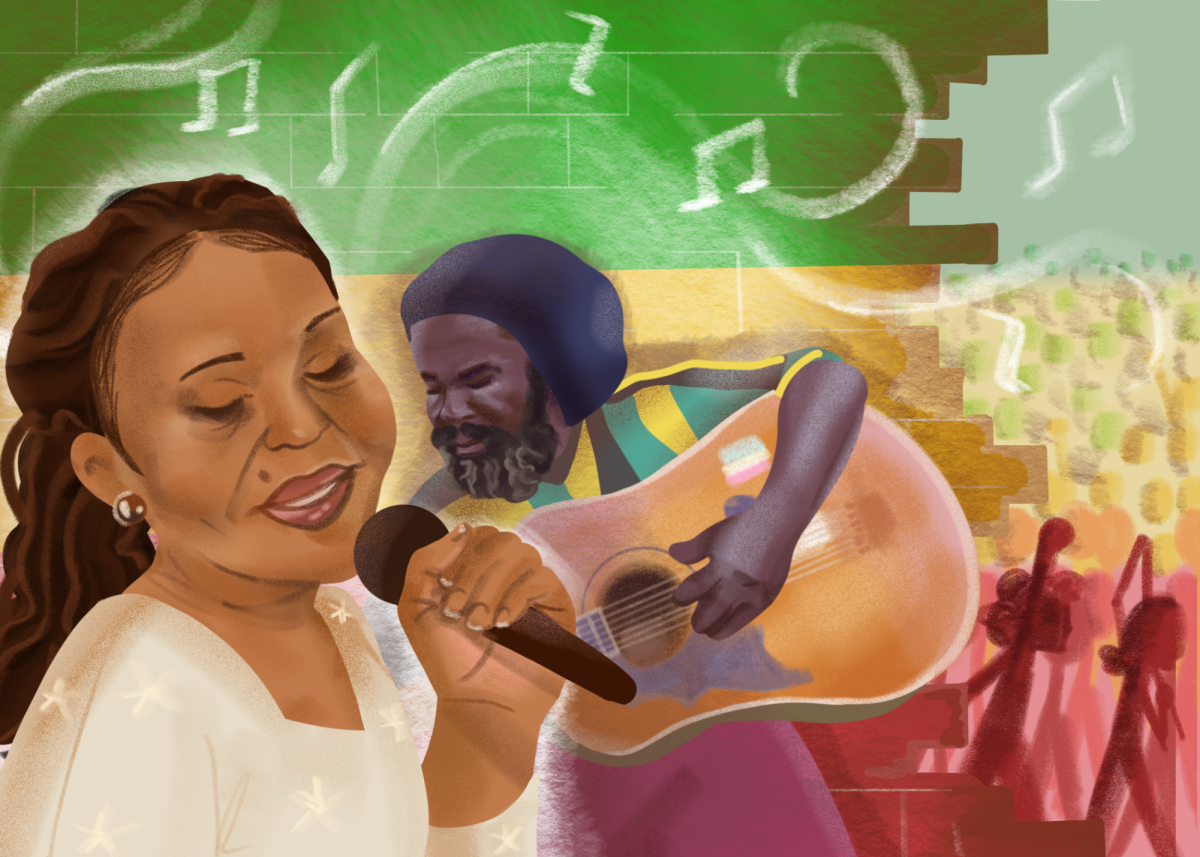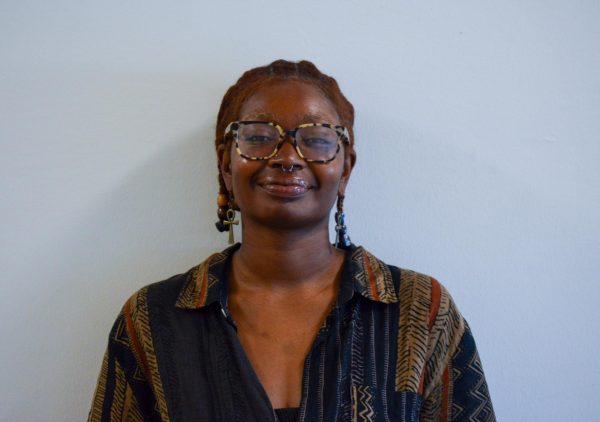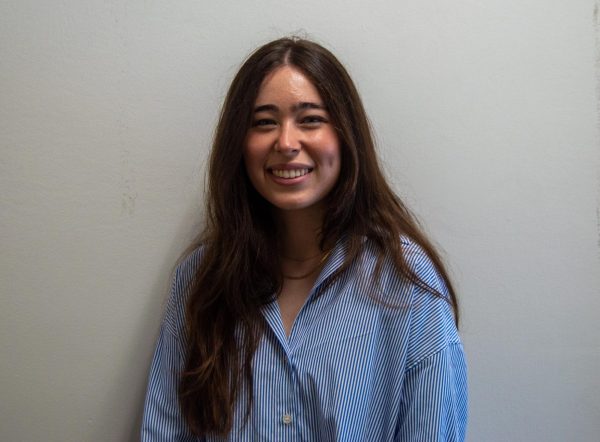When you think of “reggae,” what comes to mind? The average answer would probably be the general stereotypes of the beach and smoking marijuana. While there are plenty of songs actually about its stereotype, reggae music is so much more.
Don’t blame yourself for the mental image you may have of reggae. American pop culture has co-opted the image of reggae as a backdrop to smoke and vibe out to. The hippie subculture that took root in California adopted many of the aesthetics of reggae music. In San Diego, the misrepresentation of reggae is abundantly clear.
Reggae is a genre of music that came out of Jamaica in the late 1960s, based on the existing genres of rocksteady and ska. It has grown into an established genre and cultural movement, influencing a variety of genres and subgenres.
Black American music has a long history of being misunderstood and appropriated. The majority of American genres have been spearheaded by Black artists, and have been excluded from its success altogether. In crossing the Caribbean to the island of Jamaica, reggae’s worldwide reach made it a prime target for American adoption.
After fighting for independence from Spain and then Britain, Jamaica has come to represent the enduring spirit of the African diaspora, the community of Black people across the globe as a result of colonization and enslavement.
After years of political strife culminating in the civil war that was famously ended by Bob Marley at the One Love Peace concert, in which Marley invited leaders of two warring factions on stage to shake hands in support of a ceasefire.Similar to Black American genres like hip hop, reggae had become Jamaica’s voice for the voiceless, a platform for rebellion,
Bob Marley is just one example of the cultural impact of reggae. Throughout his musical career, he never betrayed his commitment to promoting peace and equality.
In 1978, he was awarded a UN Peace Medal of the Third World, for his “efforts on behalf of millions of disenfranchised blacks around the world”.
Despite these accomplishments, he has been reduced to the face of every smoke shop and dispensary in SoCal.
With the release of “Bob Marley: One Love” this past year, the commodification of the reggae icon’s image has become even more prominent. The artist’s true beliefs and activism work were overshadowed.
The image of Marley we’ve been sold on hasn’t been one to mobilize the masses towards political action or remind us of the ongoing struggles of African descended peoples globally, but a logo, an aesthetic for consumption and replication. And a false image.
But like with many things, Americans pick and choose which aspects of reggae to adopt into their own culture. Music of the Black working class had been appropriated to soundtrack hazy beach days for SoCal surfers, skaters, and stoners.
As the granddaughter of Trinidadian and Guyanese immigrants, reggae has been a core part of my life since childhood. I was raised on everything from Golden-era reggae artists like Pablo Moses to early dancehall hits like Sister Nancy’s “Bam Bam.” The mainstream image of what reggae is and who it’s for is a deep source of frustration.
As Americans, I think we often forget how much our culture is built on fundamentally adopting the aspects of different cultures for our own, however, it crosses the line into appropriation once the original concept becomes warped, misunderstood and a shell of what it’s supposed to represent.
As a hardcore reggae fan, I am exhausted from misconceptions and assumptions. My hope is that the world of extremely talented reggae musicians of the past and present get the recognition they deserve.









